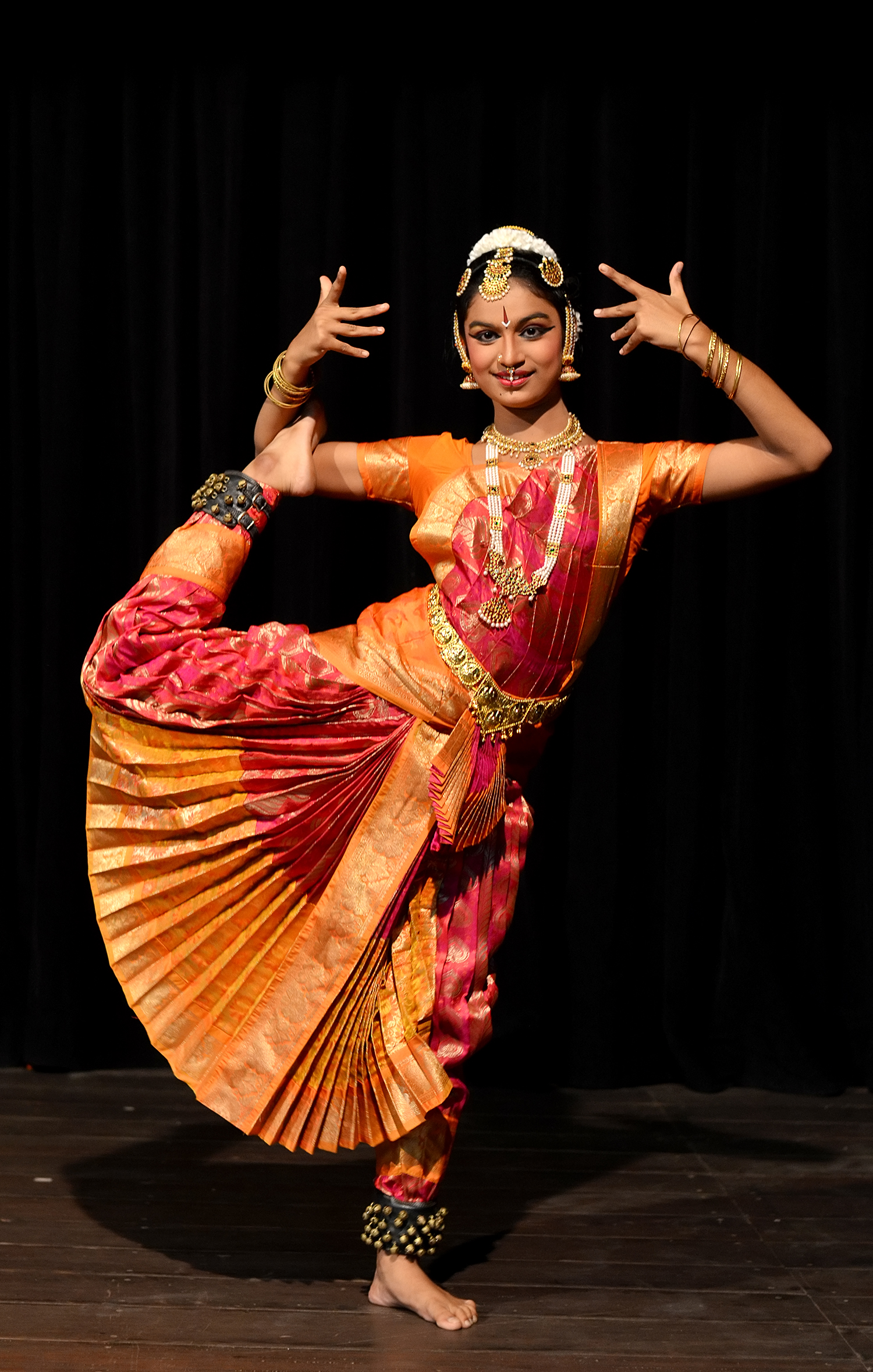|
Classics Day
is a day held annually in Japan on November 1 for the purpose of promoting classical works. The day was declared by the Committee for the Thousandth Anniversary of '' The Tale of Genji'' on November 1, 2008. This date was the 1000th anniversary since '' The Tale of Genji'' was mentioned in ''The Diary of Lady Murasaki is the title given to a collection of diary fragments written by the 11th-century Japanese Heian era lady-in-waiting and writer Murasaki Shikibu. It is written in kana, then a newly-developed writing system for vernacular Japanese, more common a ...''. Classics Day was legislated in 2012. According to the law, the classics includes literature, music, art, performing arts, lifestyle, and products in the fields of academia and philosophy. Events are held in Japan on Classics day. These themes include classical culture affecting Japan such as classical music and the game of go. References External links * {{in lang, ja Observances in Japan November ... [...More Info...] [...Related Items...] OR: [Wikipedia] [Google] [Baidu] |
Japan
Japan ( ja, 日本, or , and formally , ''Nihonkoku'') is an island country in East Asia. It is situated in the northwest Pacific Ocean, and is bordered on the west by the Sea of Japan, while extending from the Sea of Okhotsk in the north toward the East China Sea, Philippine Sea, and Taiwan in the south. Japan is a part of the Ring of Fire, and spans an archipelago of 6852 islands covering ; the five main islands are Hokkaido, Honshu (the "mainland"), Shikoku, Kyushu, and Okinawa. Tokyo is the nation's capital and largest city, followed by Yokohama, Osaka, Nagoya, Sapporo, Fukuoka, Kobe, and Kyoto. Japan is the eleventh most populous country in the world, as well as one of the most densely populated and urbanized. About three-fourths of the country's terrain is mountainous, concentrating its population of 123.2 million on narrow coastal plains. Japan is divided into 47 administrative prefectures and eight traditional regions. The Greater Tokyo Ar ... [...More Info...] [...Related Items...] OR: [Wikipedia] [Google] [Baidu] |
Agency For Cultural Affairs
The is a special body of the Japanese Ministry of Education, Culture, Sports, Science and Technology (MEXT). It was set up in 1968 to promote Japanese arts and culture. The agency's budget for FY 2018 rose to ¥107.7 billion. Overview The agency's Cultural Affairs Division disseminates information about the arts within Japan and internationally, and the Cultural Properties Protection Division protects the nation's cultural heritage. The Cultural Affairs Division is concerned with such areas as art and culture promotion, art copyrights, and improvements in the national language. It also supports both national and local arts and cultural festivals, and it funds traveling cultural events in music, theater, dance, art exhibitions, and film-making. Special prizes are offered to encourage young artists and established practitioners, and some grants are given each year to enable them to train abroad. The agency funds national museums of modern art in Kyoto and Tokyo and The Nati ... [...More Info...] [...Related Items...] OR: [Wikipedia] [Google] [Baidu] |
The Diary Of Lady Murasaki
is the title given to a collection of diary fragments written by the 11th-century Japanese Heian era lady-in-waiting and writer Murasaki Shikibu. It is written in kana, then a newly-developed writing system for vernacular Japanese, more common among women, who were generally unschooled in Chinese. Unlike modern diaries or journals, 10th-century Heian diaries tend to emphasize important events more than ordinary day-to-day life and do not follow a strict chronological order. The work includes vignettes, poems, and an epistolary section written in the form of a long letter. The diary was probably written between 1008 and 1010 when Murasaki was in service at the imperial court. The largest portion details the birth of Empress Shōshi's (Akiko) children. Shorter vignettes describe interactions among imperial ladies-in-waiting and other court writers, such as Izumi Shikibu, Akazome Emon and Sei Shōnagon. Murasaki includes her observations and opinions throughout, bringing to the wo ... [...More Info...] [...Related Items...] OR: [Wikipedia] [Google] [Baidu] |
Performing Arts
The performing arts are arts such as music, dance, and drama which are performed for an audience. They are different from the visual arts, which are the use of paint, canvas or various materials to create physical or static art objects. Performing arts include a range of disciplines which are performed in front of a live audience, including theatre, music, and dance. Theatre, music, dance, object manipulation, and other kinds of performances are present in all human cultures. The history of music and dance date to pre-historic times whereas circus skills date to at least Ancient Egypt. Many performing arts are performed professionally. Performance can be in purpose-built buildings, such as theatres and opera houses, on open air stages at festivals, on stages in tents such as circuses or on the street. Live performances before an audience are a form of entertainment. The development of audio and video recording has allowed for private consumption of the performing arts. T ... [...More Info...] [...Related Items...] OR: [Wikipedia] [Google] [Baidu] |
House Of Representatives (Japan)
The is the lower house of the National Diet of Japan. The House of Councillors is the upper house. The composition of the House is established by and of the Constitution of Japan. The House of Representatives has 465 members, elected for a four-year term. Of these, 176 members are elected from 11 multi-member constituencies by a party-list system of proportional representation, and 289 are elected from single-member constituencies. The overall voting system used to elect the House of Representatives is a parallel system, a form of semi-proportional representation. Under a parallel system the allocation of list seats does not take into account the outcome in the single seat constituencies. Therefore, the overall allocation of seats in the House of Representatives is not proportional, to the advantage of larger parties. In contrast, in bodies such as the German ''Bundestag'' or the New Zealand Parliament the election of single-seat members and party list members is linked ... [...More Info...] [...Related Items...] OR: [Wikipedia] [Google] [Baidu] |
Ministry Of Education, Culture, Sports, Science And Technology
The , also known as MEXT or Monka-shō, is one of the eleven Ministries of Japan that composes part of the executive branch of the Government of Japan. Its goal is to improve the development of Japan in relation with the international community. The ministry is responsible for funding research under its jurisdiction, some of which includes: children's health in relation to home environment, delta-sigma modulations utilizing graphs, gender equality in sciences, neutrino detection which contributes to the study of supernovas around the world, and other general research for the future. History The Meiji government created the first Ministry of Education in 1871. In January 2001, the former Ministry of Education, Science, Sports and Culture and the former merged to become the present MEXT. Organization The Ministry of Education, Culture, Sports, Science and Technology currently is led by the Minister of Education, Culture, Sports, Science and Technology. Under that positi ... [...More Info...] [...Related Items...] OR: [Wikipedia] [Google] [Baidu] |
National Institute Of Japanese Literature
The , or NIJL, was established in May 1972. Its primary purpose is to preserve manuscripts and books relating to the study of Japanese literature. Original texts and microfilms of these originals are stored in the institute's archives, although a project is underway to make digital copies of all these materials. The NIJL provides several useful tools for the scholar of Japanese literature, including a compilation of research published yearly in the journal ''Kokubungaku Nenkan'' (国文学年刊). It has also developed several on-line databases. History of the Institute In 1966 the Convention of Japanese Scholarship advised the government of Japan to found what at the time was referred to as 'Center for Japanese studies and Japanese Literature'. Appropriations were approved by the Ministry of Education in 1970, and the National Institute of Japanese Literature was built in 1972. The Ministry of Education Historical Archives which already existed at the site were incorporated into th ... [...More Info...] [...Related Items...] OR: [Wikipedia] [Google] [Baidu] |
Classical Music
Classical music generally refers to the art music of the Western world, considered to be distinct from Western folk music or popular music traditions. It is sometimes distinguished as Western classical music, as the term "classical music" also applies to non-Western art music. Classical music is often characterized by formality and complexity in its musical form and harmonic organization, particularly with the use of polyphony. Since at least the ninth century it has been primarily a written tradition, spawning a sophisticated notational system, as well as accompanying literature in analytical, critical, historiographical, musicological and philosophical practices. A foundational component of Western Culture, classical music is frequently seen from the perspective of individual or groups of composers, whose compositions, personalities and beliefs have fundamentally shaped its history. Rooted in the patronage of churches and royal courts in Western Europe, surv ... [...More Info...] [...Related Items...] OR: [Wikipedia] [Google] [Baidu] |
Go (game)
Go is an abstract strategy board game for two players in which the aim is to surround more territory than the opponent. The game was invented in China more than 2,500 years ago and is believed to be the oldest board game continuously played to the present day. A 2016 survey by the International Go Federation's 75 member nations found that there are over 46 million people worldwide who know how to play Go and over 20 million current players, the majority of whom live in East Asia. The playing pieces are called stones. One player uses the white stones and the other, black. The players take turns placing the stones on the vacant intersections (''points'') of a board. Once placed on the board, stones may not be moved, but stones are removed from the board if the stone (or group of stones) is surrounded by opposing stones on all orthogonally adjacent points, in which case the stone or group is ''captured''. The game proceeds until neither player wishes to make another move. Whe ... [...More Info...] [...Related Items...] OR: [Wikipedia] [Google] [Baidu] |
Kyoto International Conference Center
The , abbreviated as ICC Kyoto and previously called the Kyoto International Conference Hall, is a large conference facility located at Takaragaike, Sakyō-ku, Kyoto, Kyoto Prefecture, Japan. The Kyoto Protocol was signed in this hall. The center was designed by architect Sachio Otani to an unusual hexagonal framework, resulting in few vertical walls or columns, and opened in 1966 with an addition in 1973. It is a rare remaining example of Metabolism in Japan (the newer and more famous Nakagin Capsule Tower Building is undergoing demolition ). Today the total facility provides 156,000 m² of meeting space, and consists of the main Conference Hall with large meeting room (capacity 2,000) and a number of smaller rooms, an Annex Hall (capacity 1,500) and Event Hall, with the Grand Prince Hotel Kyoto nearby. Both Main Hall and Annex Hall are equipped with simultaneous interpreting facilities for 12 languages. It is located north of downtown Kyoto, and may be reached via the ... [...More Info...] [...Related Items...] OR: [Wikipedia] [Google] [Baidu] |






